Native Blue Ginger
$6.59
Alpinia Caerulea
- Seed Count 10
- Bush Tucker
- Perennial
In stock
Description
Native blue ginger is an attractive, easy to grow feature plant and also a bush tucker food with a mild, tangy ginger flavour.
A perennial clumping shrub with wide, glossy green leaves and bright blue berries growing up to two metres high and one metre wide.
A relative of ginger, cardamom, turmeric and galangal, native ginger also grows from a spicy underground rhizome and both the young root tips, shoots and the fruits are edible.
Though native ginger prefers shade and moist well-drained soil, it is a very hardy plant and will tolerate part sun and they are best positioned for protection from strong or dry winds.
Not frost tolerant, they are unsuitable for areas of frost unless a correct microclimate can be established.
Lush green foliage makes native ginger very suitable for use as a feature or focal plant. It’s a good plant for garden borders or around a pool, to fill gaps and narrow spaces or for mass plantings.
Native ginger also makes a great indoor plant. Though it may not flower or fruit as readily, the roots will carry on growing provided it is getting adequate water and nutrients so why not place a large pot near the kitchen for easy harvesting.
🌱 Native Ginger Grow Guide
✨ Overview
Native to the rainforests of eastern Australia, native ginger is a hardy clumping perennial that thrives in part-shade with consistent moisture. It’s known for its lush green foliage and edible blue fruits (fleshy with small seeds inside) and young shoots that can be eaten raw or cooked.
🥄 Sowing Native Ginger from Seed
Growing native ginger from seed is a slow journey, as the seeds take their time germinating, anywhere from 1 to 6 months, depending on conditions. But don’t let that put you off! Once established, the plants are low-maintenance and long-lived.
🌿 Seed Prep
- Harvesting: If collecting your own seed, wait until the blue fruits are fully ripe. Inside are small black seeds.
- Cleaning: Remove the fleshy pulp completely as it contains germination inhibitors. Rinse thoroughly.
- Scarification (Optional): Some gardeners gently nick the seed coat or soak seeds in warm water for 12–24 hours to speed up germination.
🪴 Sowing in Trays (Recommended)
Native ginger grows best when started in controlled conditions.
- Timing: Best sown in spring to early summer when soil temperatures rise.
- Trays & Mix: Use a deep seed tray or forestry tubes filled with a free-draining native seed-raising mix (low in phosphorus).
- Depth: Sow seeds around 1 cm deep.
- Moisture: Mist gently and keep consistently moist but not soggy.
- Light & Warmth: Place in a warm, shaded spot, ideally around 25°C. A heat mat can help, especially in cooler regions.
- Patience: Germination can take several months, so don’t toss the tray too soon!
💡 Tip: Use a fine layer of washed coarse sand over the mix to help prevent damping off and fungal issues.
🌿 Sowing Direct (Not Ideal)
Sowing direct into the garden isn’t usually recommended because of the long germination time and risk of seed loss to pests or fungi. However, if you do try:
- Choose a well-drained, shady area that mimics rainforest conditions.
- Prepare the soil with plenty of organic matter.
- Mulch lightly to retain moisture and mimic natural leaf litter.
Expect lower germination rates compared to tray sowing.
🌼 Transplanting & Growing On
Once your seedlings have emerged and are sturdy enough to handle (usually with 3–4 true leaves), transplant them carefully.
- Timing: Transplant in late summer or early autumn when conditions are warm and moist.
- Spacing: Allow 50–100 cm between plants as they’ll eventually form a dense clump.
- Position: Part-shade is ideal such as under a tree canopy, along a shaded path, or in a food forest setup.
- Soil: Rich, well-drained soil with lots of organic matter.
- Water: Keep consistently moist, especially during dry periods.
💚 Once settled, native ginger becomes quite tough. It’s frost-tender but tolerates light frosts once mature.
🌸 Companion Planting with Native Ginger
Native ginger slots beautifully into a subtropical or native edible garden. Its lush habit helps create a humid microclimate and supports layered planting.
🤝 Good Companions:
- Finger Lime – Both enjoy a semi-shaded, moist spot and thrive with organic mulch.
- Midyim Berry (Austromyrtus dulcis) – Compact and sweet, perfect at the ginger’s base.
- Warrigal Greens (Tetragonia) – A ground cover that thrives in the same conditions.
- Lemon Myrtle – Adds scent and structure; plant nearby to attract beneficial insects.
- Tree Ferns & Shade-loving Natives – To create a rainforest vibe and shelter.
🌿 Avoid Planting With:
- Plants that need dry or alkaline soils.
- Fast-spreading ground covers that could crowd seedlings during their slow early stages.
🧺 Seed Saving Guide
Saving seed from native ginger is possible, but it’s a longer-term investment since the plant may take a couple of years to fruit.
🫐 Harvesting Fruit:
- Wait until the blue berries are fully ripe (usually in late summer to early autumn).
- Pick gently and process immediately to avoid moulding.
🔬 Extracting Seeds:
- Split the berries open and scoop out the seeds.
- Remove all the pulp, a sieve and running water help.
- Dry seeds on paper towel in a shaded, well-ventilated area for about a week.
💡 Tip: Clean seeds thoroughly as any leftover fruit can inhibit germination or attract mould.
📦 Storage:
- Once fully dry, store seeds in a paper envelope inside an airtight container in the fridge.
- Label with species name and date.
- Seeds remain viable for 12–18 months with proper storage, though fresher is better.
🌿 Extra Tips for Growing Success
- Mulch well with leaf litter or sugarcane mulch to mimic forest floor conditions.
- Feed lightly with a native-safe seaweed tonic or low-phosphorus organic liquid feed every few months.
- Watch for slugs and snails on young seedlings—protect with barriers or traps.
🌞 Final Thoughts
Growing native ginger from seed might take a while, but it’s well worth the wait. Once established, you’ll have a beautiful and functional plant that offers food, habitat, and a lush, tropical feel to your garden.
So if you’ve got a shady corner and a bit of patience, go ahead and give it a go. That slow-sprouting tray of seeds on your bench? It’s the beginning of something special.
Postage Charge
Orders under $30 attract a $4.95 shipping charge. Orders $30 and above have free shipping.
Order Times
Seed orders are normally dispatched within three business days. You will receive an email when seeds are mailed out.
Postage Days
Seeds are mailed out Monday to Friday at 1pm. Except for the Friday of long weekends.
Postage Times
WA 2-3 Days: SA,NT 3-5 Days: NSW, ACT, QLD, VIC: 5-7 Days
Carrier
We use Australia Post Letter Postage for the majority of orders
Not only are our seeds packed in recycled paper envelopes, we keep the theme going when we post out website orders. To protect your seeds from moisture and the letter box munchers (snails), we use a very special plastic free material made from plants. They are then put into recycled mailing envelopes. Green all the way 💚🌿

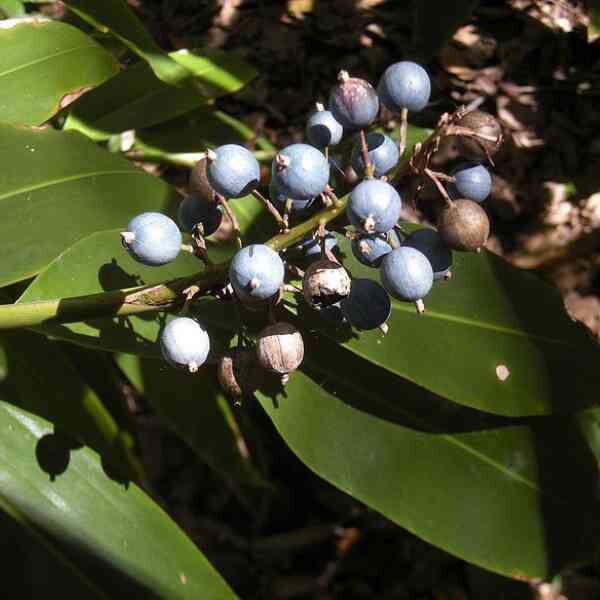
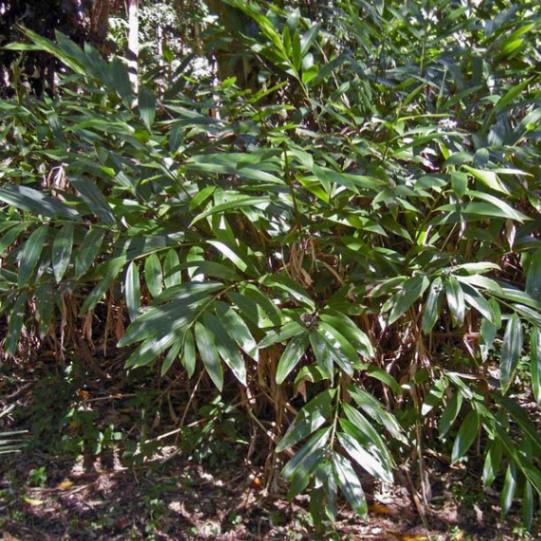




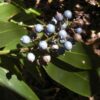
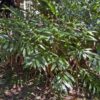
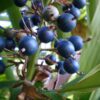
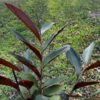
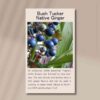

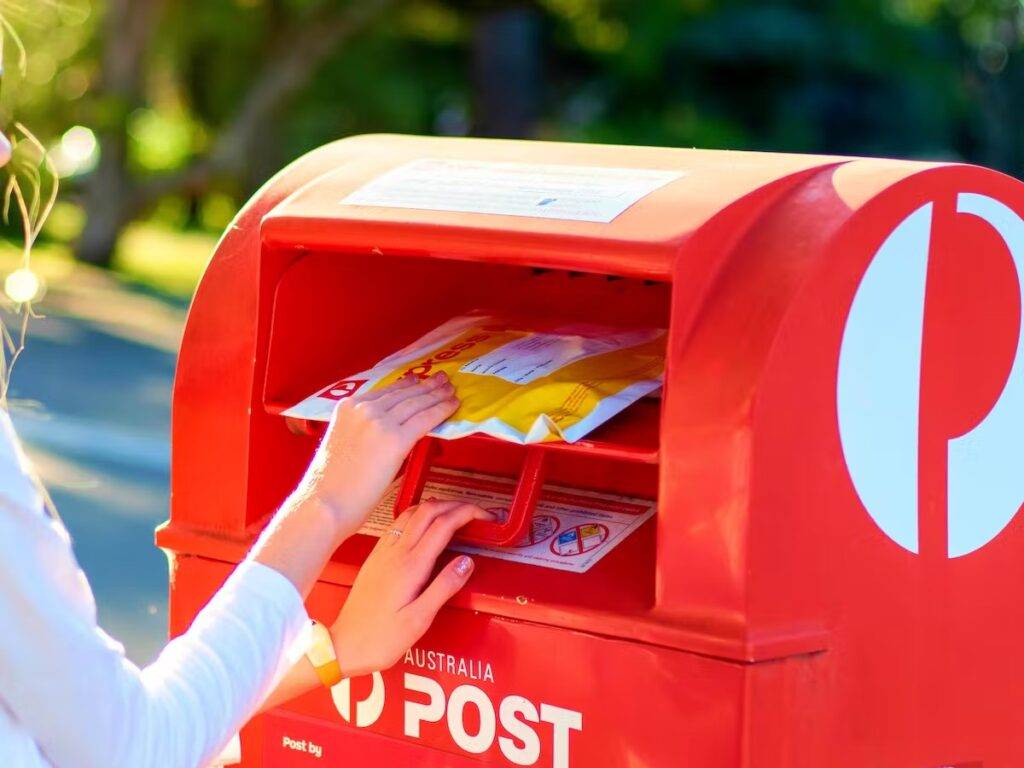
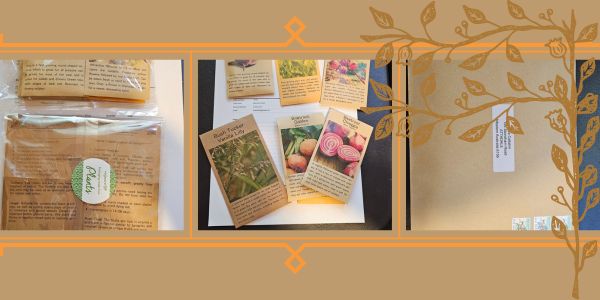

2 reviews for Native Blue Ginger